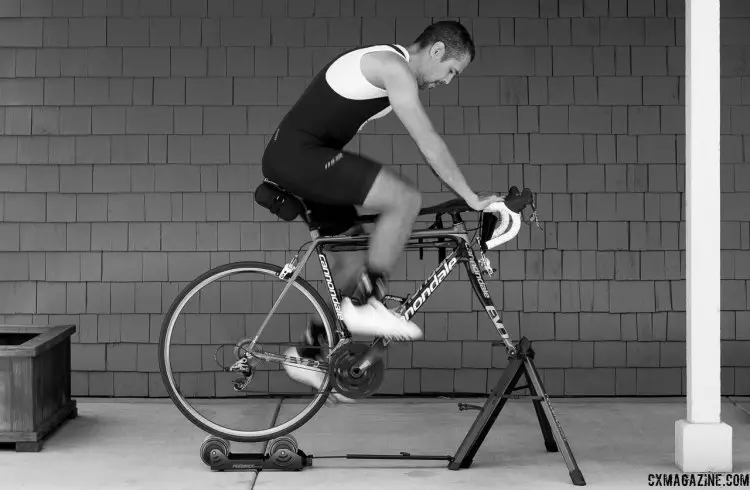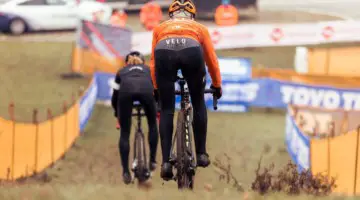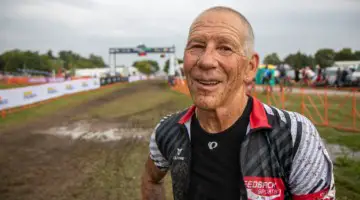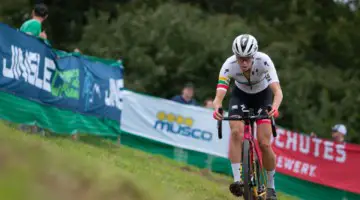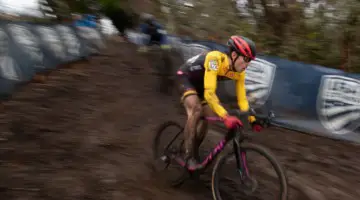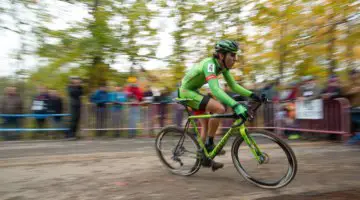Hopefully you’ve taken some time off since your last race, be that Nationals or the last race of your local series. If you’ve been really good, you’ve actually found another activity to occupy your time. At some point you’ll be drawn back to riding bikes, hopefully because they’re fun for you and because you enjoy riding and the process of training.
I have been counseling clients about some common mistakes to avoid, and I am working on not repeating some myself. Let’s see if we can shorten your learning curve a bit with this article.
Moderate Your Indoor Training
First, whatever you are doing, do it in moderation. You’ve probably been off the bike for a while and you may be doing other activities like strength and mobility training. Don’t go from two weeks of relative inactivity to ten plus hours of on and off-bike work. You’ll be fresh and motivated enough that you won’t feel the effects of such a steep ramp up immediately. But eventually it will catch up with you, often in terms of an overuse injury like IT band issues or a strained back.
Ease into whatever you are doing and start with very modest goals. For the first few weeks back, I just like client to “check the box” X number of days per week. Be that cycling, yoga, weights, whatever, just be active for an hour a day for X days a week, say three to five. From there figure out a modest, sustainable increase in that activity level and stick to the program.
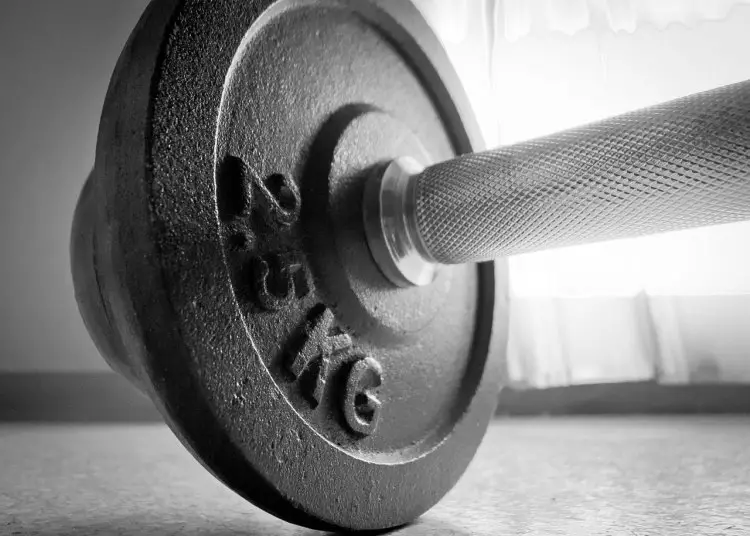
Whatever offseason work you are doing, Coacfh Mayhew recommends an hour a day, three to five times a week. photo: Barbell by Mark_K_ on flickr.
Next, there are the particulars of indoor and outdoor riding. If you are riding indoors, I have three recommendations for you. One is, again, to limit what you’re doing. If you’re on rollers (which are great!) or a non-Zwift connected trainer, you’re burning mental matches every time you get on. Keep that to a minimum; you’ve got many months to get in shape.
My general recommendation is no more than three times per week, no more than an hour at a time. If you’re on a Zwift-compatible trainer, training is less of a drag and I’d say three to four times per week. But there I would caution you against always racing. There’s a lot to be said for diminished intensity right now and not always going to the well with fight or flight.
Whatever you’re doing indoors, GET A FAN. Clients of mine are probably chuckling at this point as I am constantly banging the drum on this. For every one watt of power you are generating, you are dumping three as waste heat. So even at 100 watts, which is a very easy pace for almost anyone, you’re generating 300 as heat. That blotchy skin you get is blood pooling below the skin in an attempt to cool you. That blood should be going to working muscles, but it’s not.
In addition, you’re sweating buckets to cool but there’s no air moving over you to carry the heat away. What happens without a fan is that the same effort feels harder and harder when it’s actually not and your ability to produce power diminishes. Get the biggest fan you can blowing directly on your core. This is another reason to limit indoor workouts. Those fans can only do so much, and it’s a losing battle. Hours and hours on a trainer mean more compromised cooling.
Smart Outdoors Training
If you are outdoors, be realistic about where you are in your training in comparison to other people. I’ve written about this before. Basically, roadies are starting to ramp up and train for longer races, in some cases they’re even starting high intensity intervals in preparation for the early season races.
When is the last time you were regularly doing long rides? For me it’s Jeremy Powers’ Grand FUNdo, in July. That’s a long time ago.
Start small and modestly, gradually increase time or mileage. Or if you are going to ride with your friends doing 60+ miles, mitigate the damage as much as you can. Sit at the back, conserve and do those rides sparingly. A pet peeve of mine as an athlete (not a coach) is guys who swing for the fences all day Saturday and are too blown to ride Sunday. Ride both days and dial back the intensity and duration a bit. Consistency is more important than emptying yourself out right now.
If you do get a patch of good weather, go enjoy it! Ride your face off for the couple of days of good weather you’ve got. But figure out how to average out your hours so that you’re still hitting your weekly goals. I often see people go somewhere warm and double their training hours for a short period. It’s great to get in some warm weather training but let your body recover from doing such a huge block when you get back.
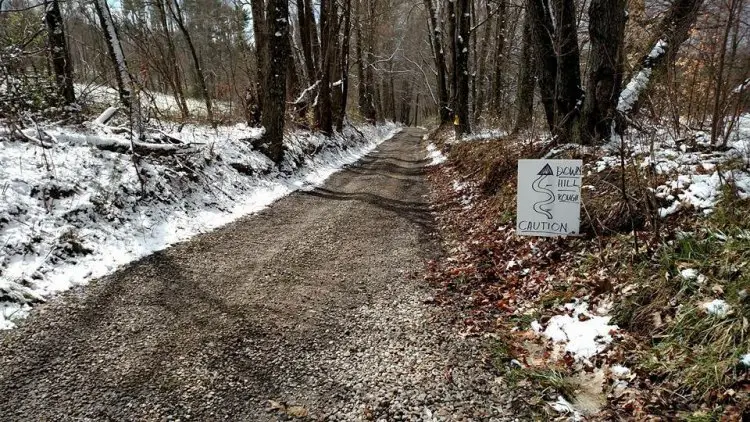
If you get some decent weather, get out and ride! Amish County Roubaix. © Aaron Cruikshank / Cyclocross Magazine
Those long rides, especially in the cold, are going to be very dependent on carbohydrates. Carbohydrate stores come with long training rides and with giving your body the fuel to stock those stores. Again, you haven’t done that in a while. Add in thick gloves and food that might be in a pocket several layers deep and you’re asking to underfuel you ride, if not outright bonk.
Do what you can to mitigate that issue. Break your bars in half and pre-open the packages. Put your food in your outermost pocket or get a handlebar bag. Try mixing your hydration mix a bit stronger or go with something a little higher calorie like Sword. Anything you can do to make calories easier to access will make your life easier. It’s easy to lose track of eating on a long ride where you might be struggling a bit to keep up. Just don’t lose sight of the big picture (you need to fuel!) and then figure out how to make that easier on yourself.
Ease Into the New Year
You’re probably back on the bike at this time, or will be shortly. Riding bikes is awesome!
But let’s respect where you are in the training cycle and your own abilities, especially compared to athletes that are focused on other goals. Take good care of yourself on the rides that you do this time of year and choose wisely what kind of riding you do. Louisville 2018 is still a ways off, let’s ease into this as smartly as we can.
Get even more training advice from Chris Mayhew and others in our Training Tuesday archive.













